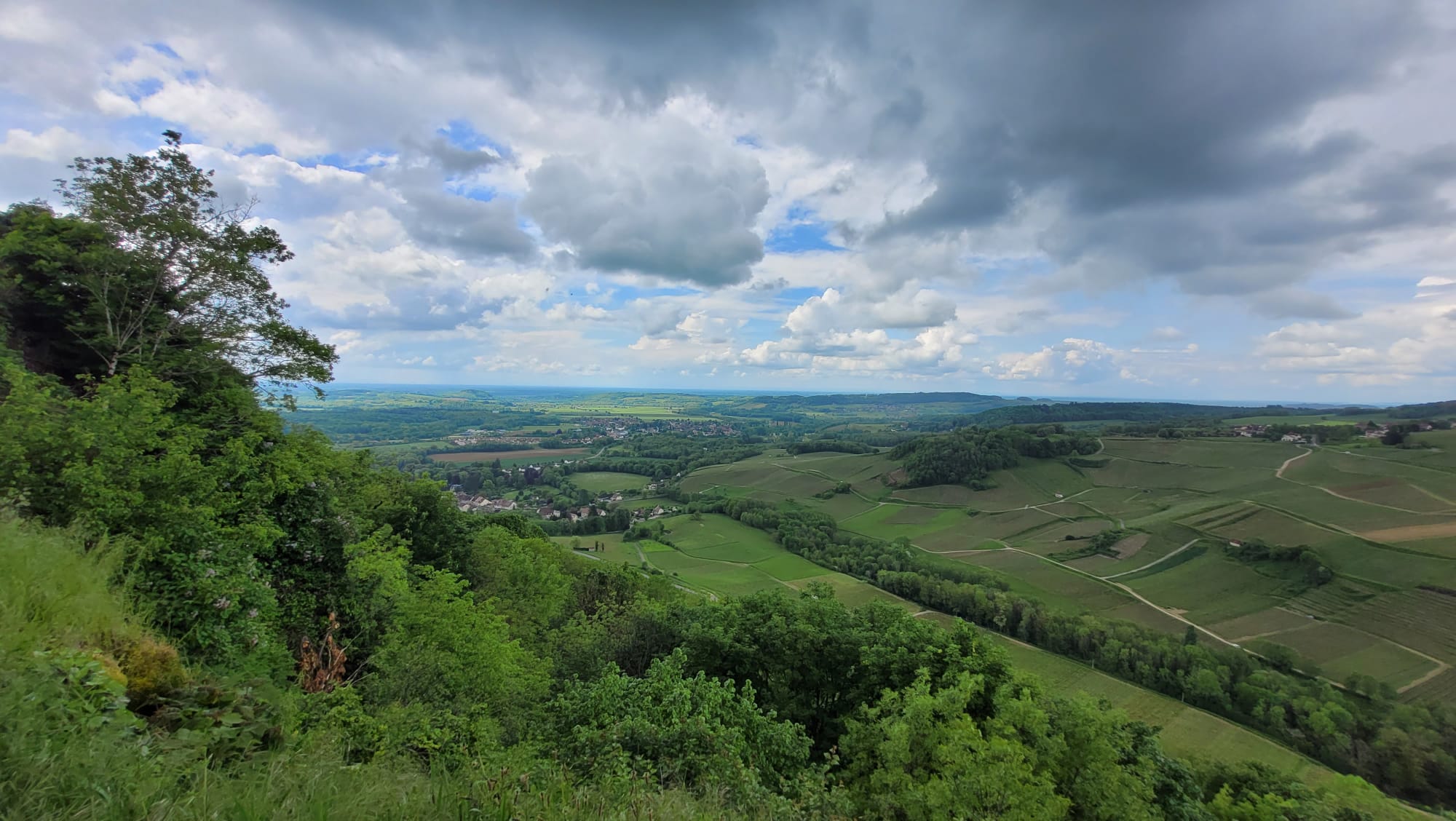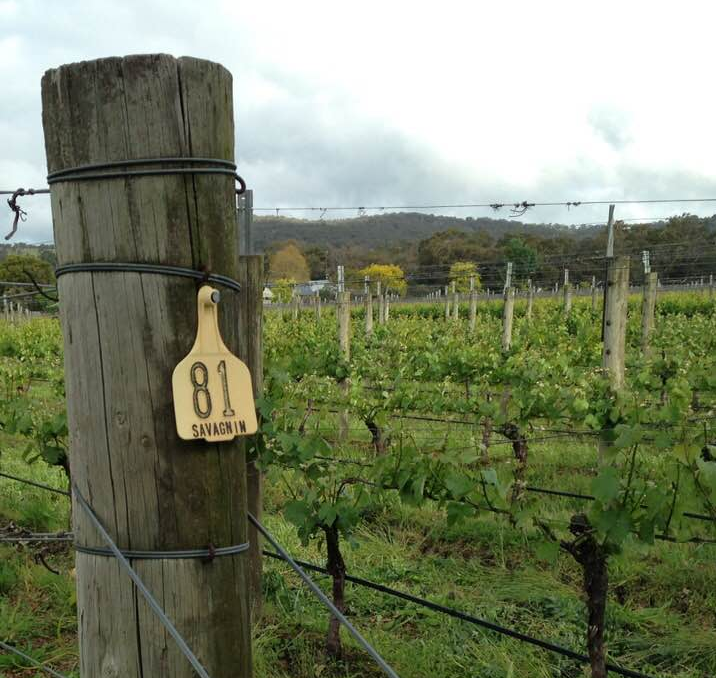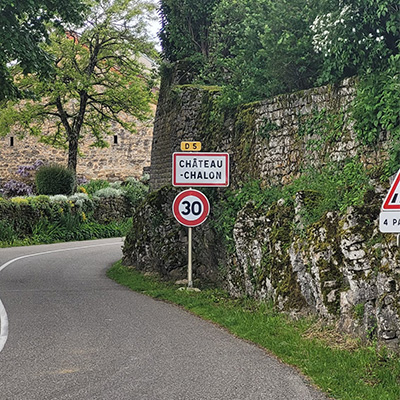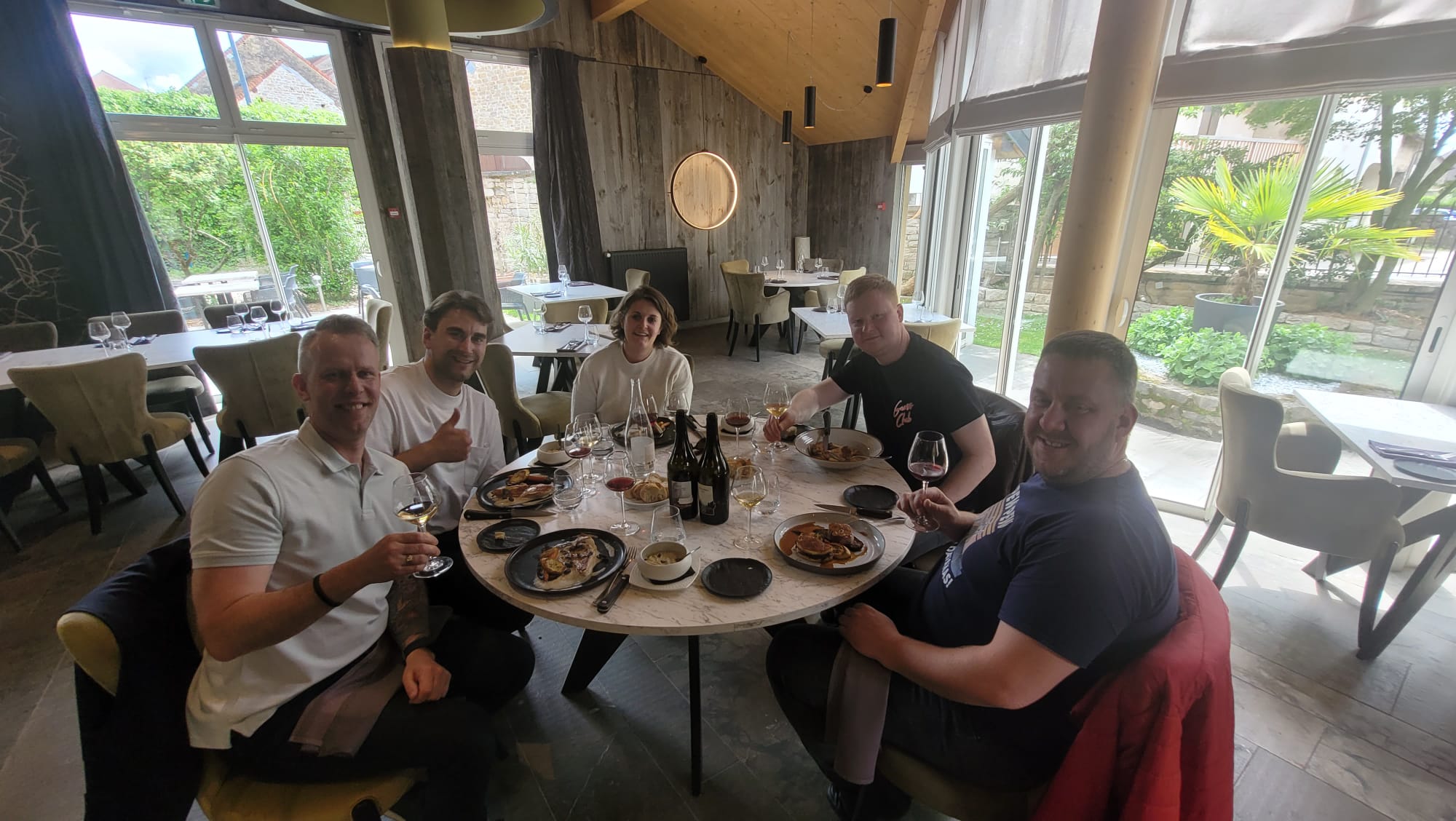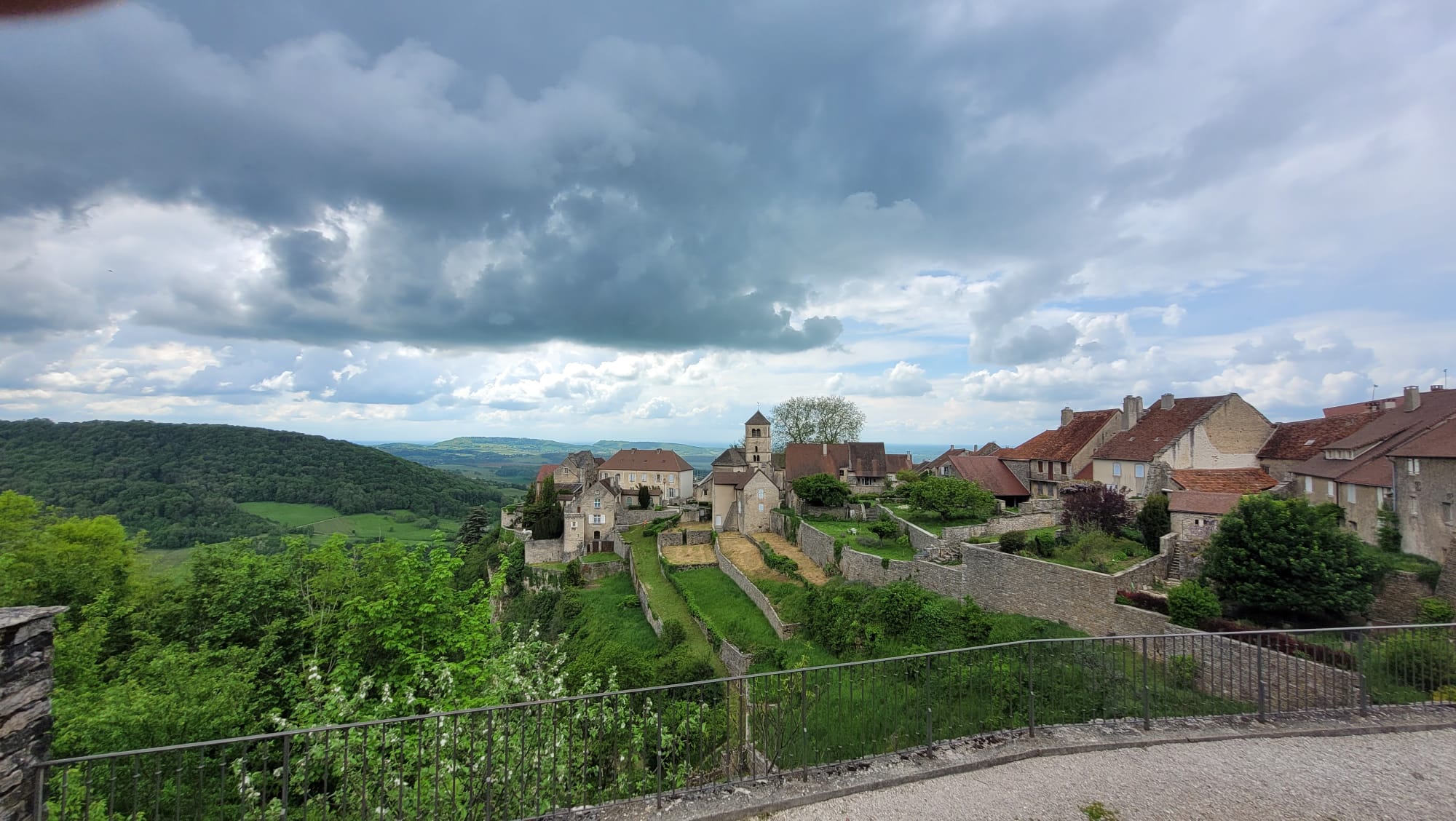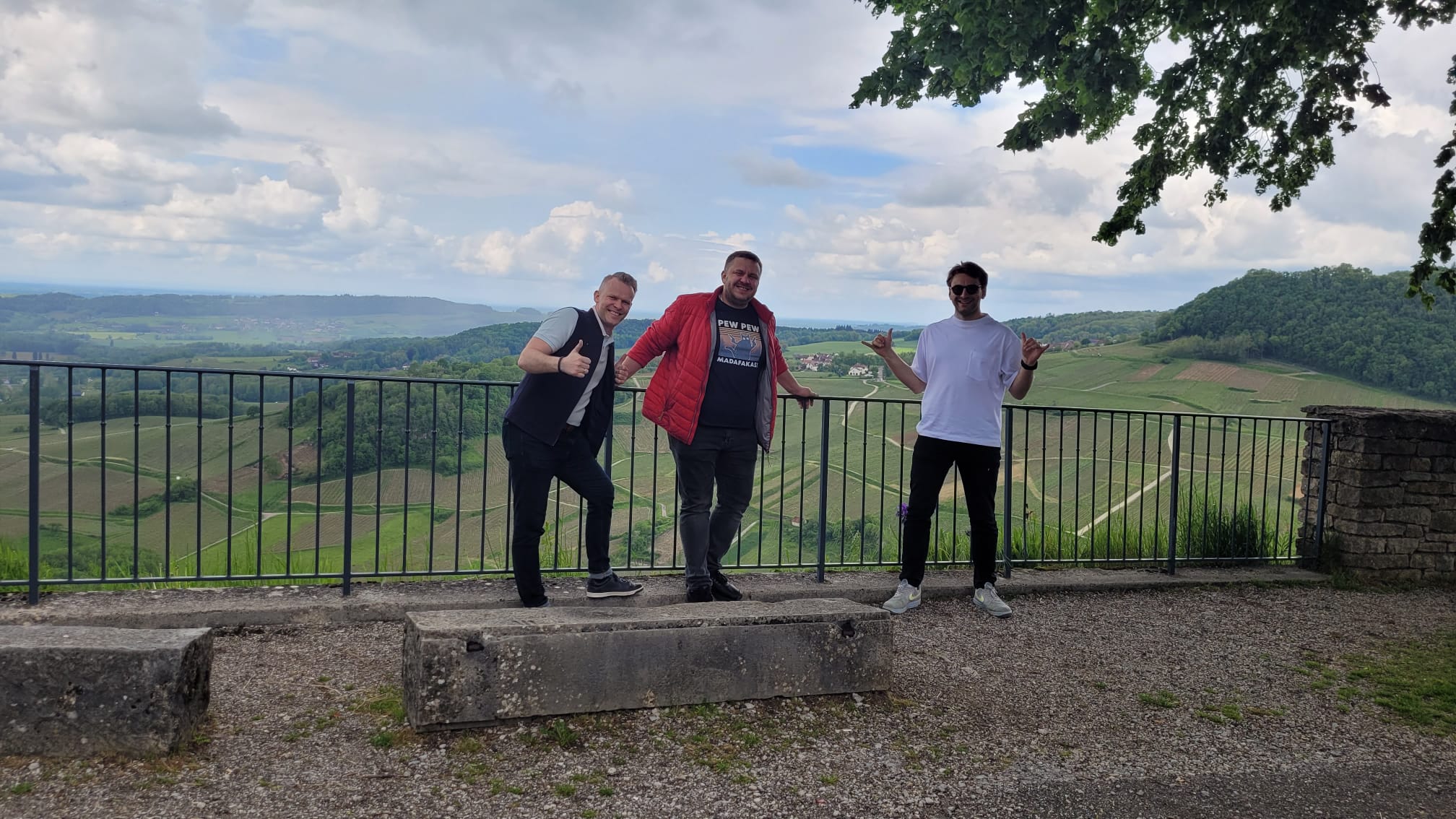Jura is a small region bordered by Burgundy on one side and Switzerland on the other. Wine connoisseurs describe this region with both good and not-so-flattering words.
Briefly about the region:
The territory of the region is 1850ha – this narrow region is located in the mountain valleys and is only 80 kilometers long. Currently, the area planted with vines is only 10% of the former amount, mainly due to phylloxera etc.
About the grapes:
The most popular local red grape is Poulsard. Dry, light, elegant and fruity wines or sparkling wines under the appellation Cremant de Jura can be made from this grape. The Trousseau red grape is grown in the warmest areas of the region, so it is quite rare. Pinot Noir is the third most important red wine grape.
White grapes. The most important grape is definitely Savagnin, the grape responsible for Jura’s fame and status in the world. The style and fame is derived from the specific preparation process, the wines are called vin jaune. Also widely available is the Chardonnay grape, which is made in a more classic white wine style, influenced by the proximity of the Burgundy region.
Appelations:
The four main wine appellations are Arbois, Château-Chalon, Côtes du Jura and L’Étoile. The most prized appellation in the world is Chateau Chalon, a small town on the top of a small hill, in the vicinity of which grapes of the highest quality are grown and wines of great longevity are made. There are very few producers in the L`Etoile appellation, but the region has great potential because the soil is identical to the Chablis appellation. The wines around the town of Arbois focus more on the production of red wines, but not only. Cotes du Jura is the general appellation of the region. The sparkling wine appellation is Cremant du Jura. Macvin du Jura is a late harvest wine mixed with marc (grape pomace distillate) to produce something similar to a white, pink pot wine.
The food:
This region is famous for several things when we look at the food. The first and most important thing is Comte cheese, and one of the best pairings with wine can definitely be considered a cheese from the same region. Brese chickens are also available in the region – a breed from a specific area and with strict breeding rules. The most important mushroom in the region is the porcini mushroom, it is prepared in different ways. The taste is excellent!
Preparation and types of wines:
The wine is expressive the aromas of in the wine are associated with the preparation process, during which the wine barrel is not completely filled with wine and a yeast cap (candy cap) is formed on the top layer of the wine, which contains various highly aromatic substances, which also saturate the wine and at the same time prevent it from reaching the wine oxygen, and keeping it in the later years does not allow it to oxidize.
- Yellow wine– A style of wine that can be produced within the whole Cotes de Jura appellation and kept under the yeast cap for up to 6 years and 3 months. The taste is noticeably fresh, smoky, intense and has a long aftertaste. Aroma and taste have not yet integrated into each other, but for the price, an excellent wine for beginners of this region. The aging times under the yeast cap range from 1.5 years to up to 4 years.
- Vin jaune – A style of wine that can be produced within the entire region and that is kept under the yeast cap for a minimum of 6 years and 3 months. The taste has noticeable freshness, intensity and a long aftertaste. Aroma and taste are integrated into each other, an excellent wine for connoisseurs of this region. Old vintages available.
- Chateau Chalon – a style of wine that can be produced on the slopes of the small town of Chateau-Chalon and kept under the yeast cap for a minimum of 6 years and 3 months. The taste has noticeable freshness, intensity and a long aftertaste. Aroma and taste have integrated into each other, an excellent wine for those who enjoy this region and those who want to play with very old vintages.
- Vin de Paille – A dessert wine whose grapes are dried 6 months after pressing and kept for at least 18 months in oak barrels. The permitted grapes are Savagnin, Chardonnay and Poulsard. The minimum percentage of alcohol for these wines is 14%. So intense, distinctly sweet with meadow flowers, peach, honey and smoky aroma and taste.
Noble Wine recommendations when visiting the Jura region:
Producers to visit – Caves Jean Bourdy, Champ Divin, Domaine de l’Octavin, Domaine Rolet, Les Chais du Vieux Bourg, Jean-François Ganevat.
Places to visit – The town of Chateau Chalon, the Maison du Comte cheese factory, the many natural sights of the region (ravines, waterfalls, etc.).
Restaurants/Hotels – Hôtel/Restaurant Jean-Paul Jeunet, Hôtel/Restaurant Les Chais du Vieux Bourg, Le Bistrot Pontarlier.
According to the Noble Wine team, the Jura region can be briefly described as:
- opening the bottle with a thump, despite the accepted norms and with all bottles;
- hospitality and openness;
- thoughts about nature, what and where we get products for food and drink;
- seasonality;
- difference from the usual.
Author of the text: Ronalds Pētersons


